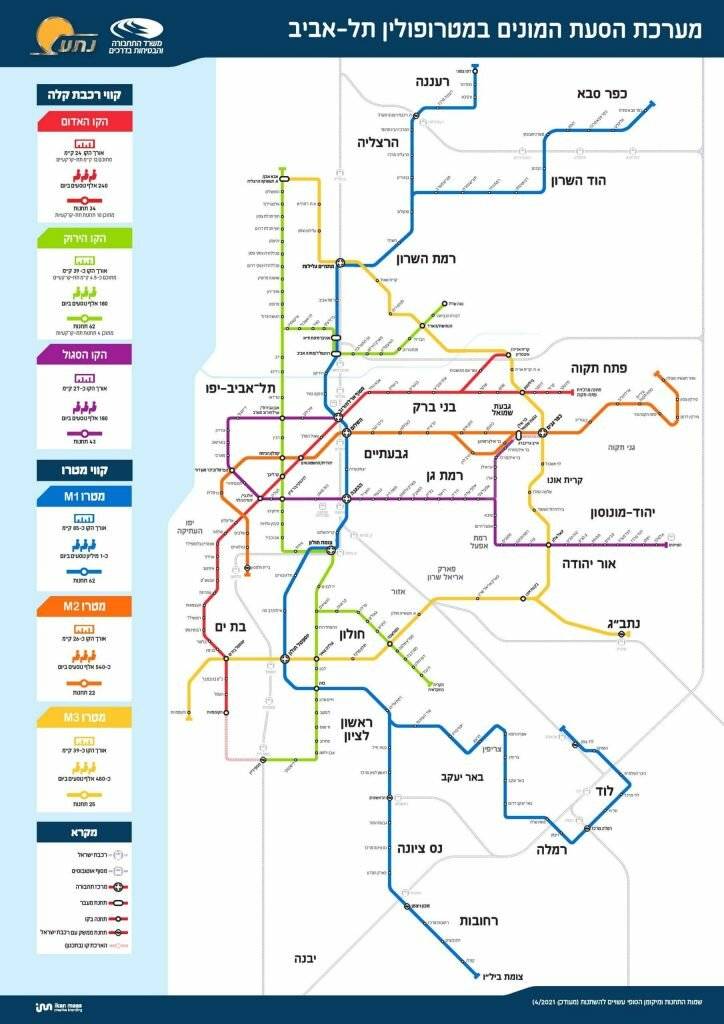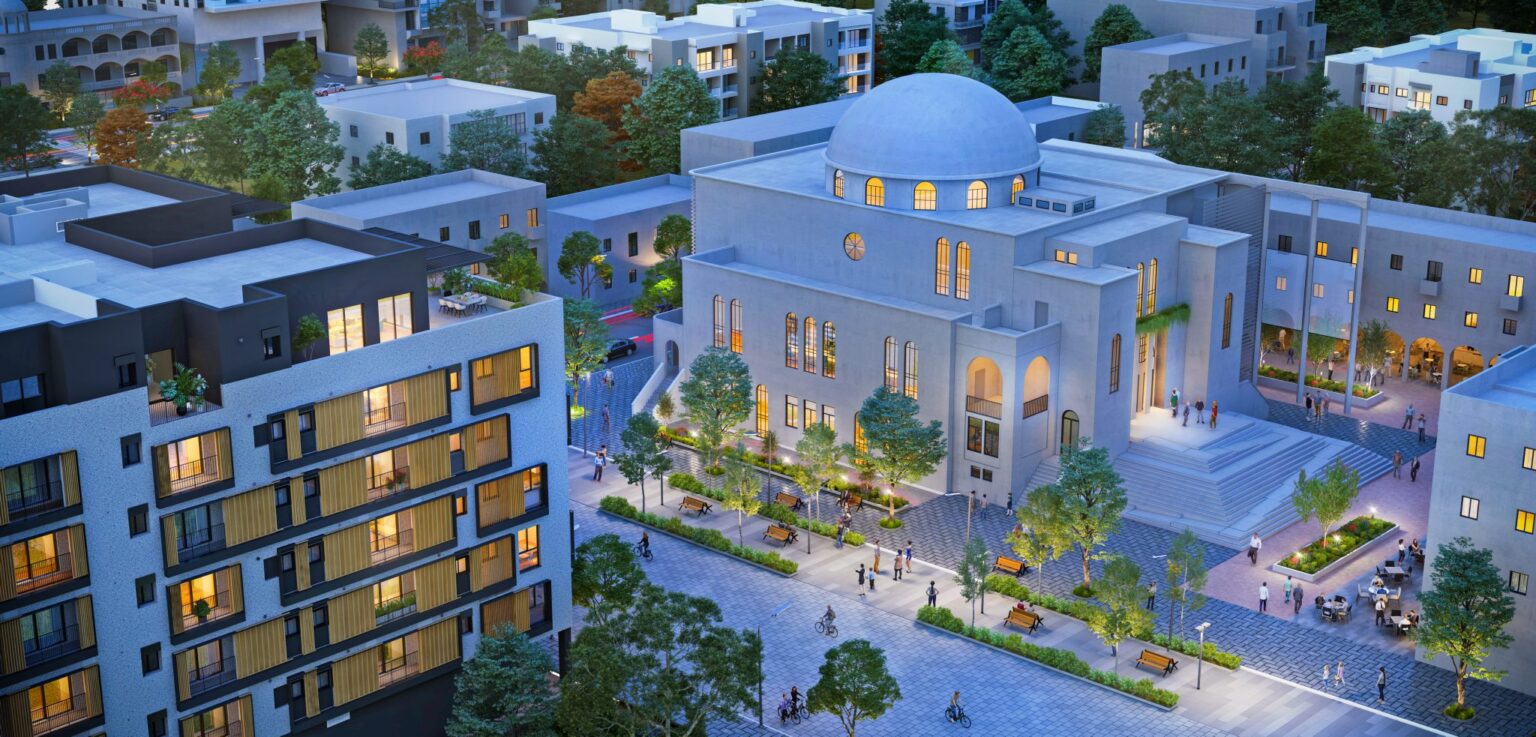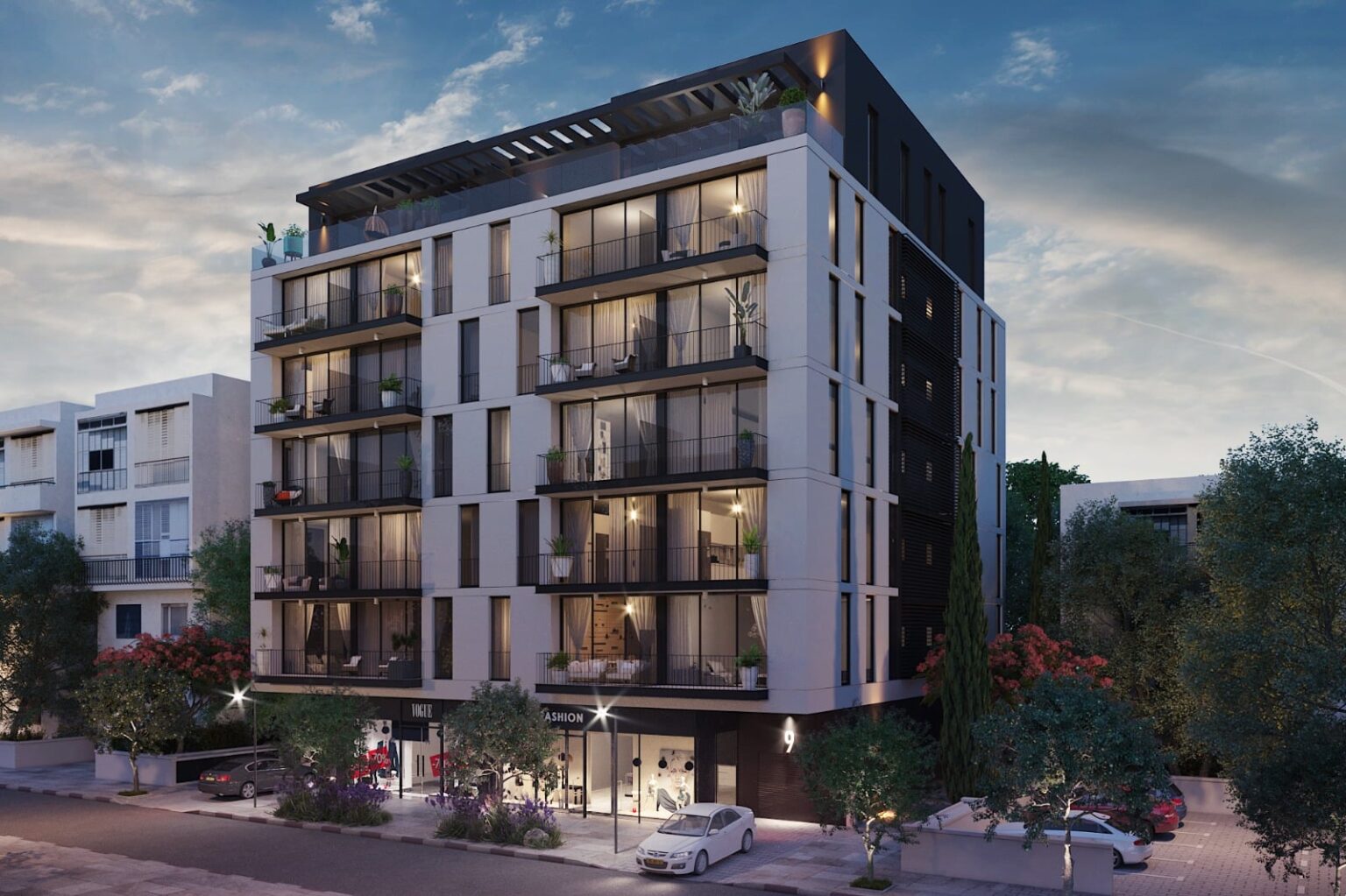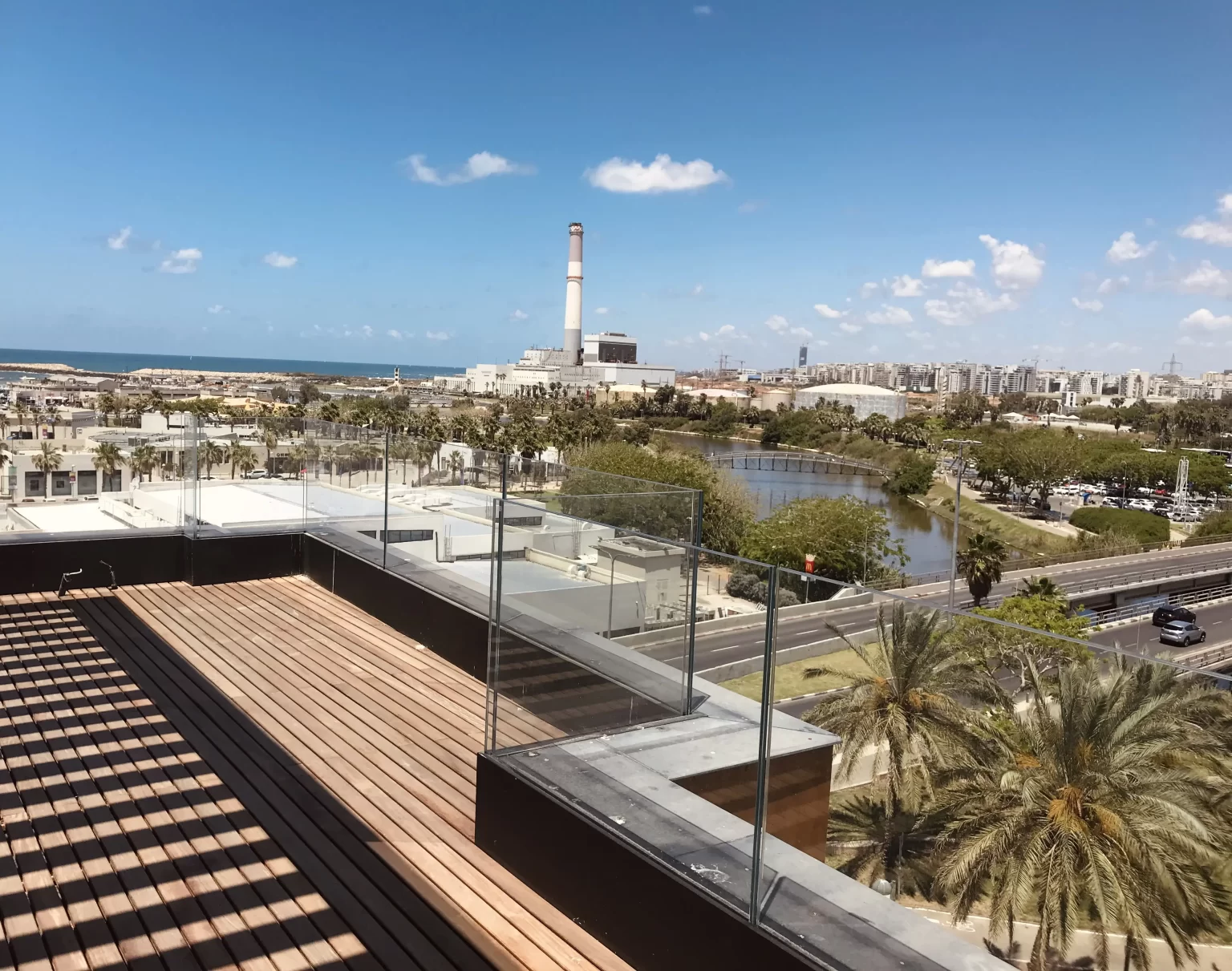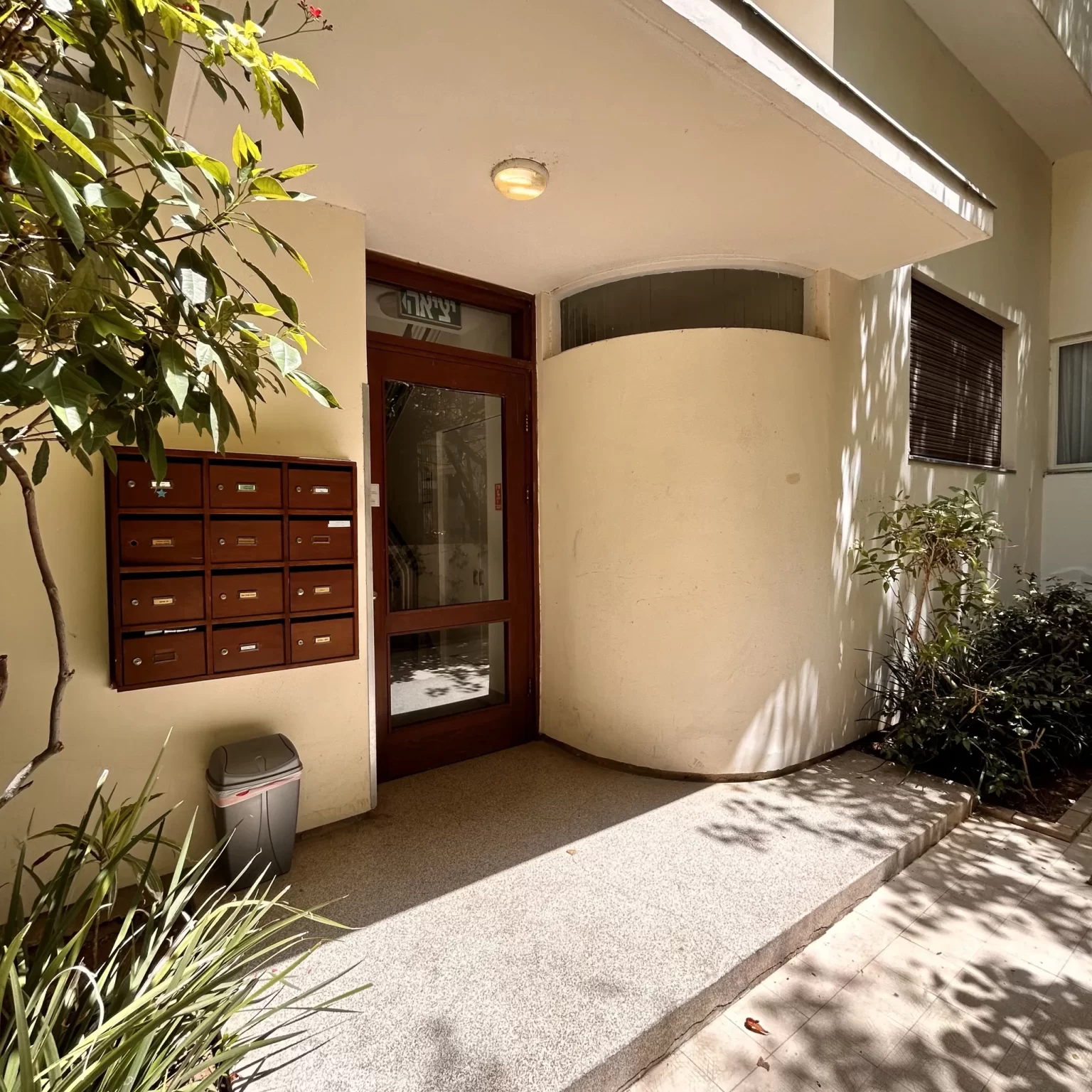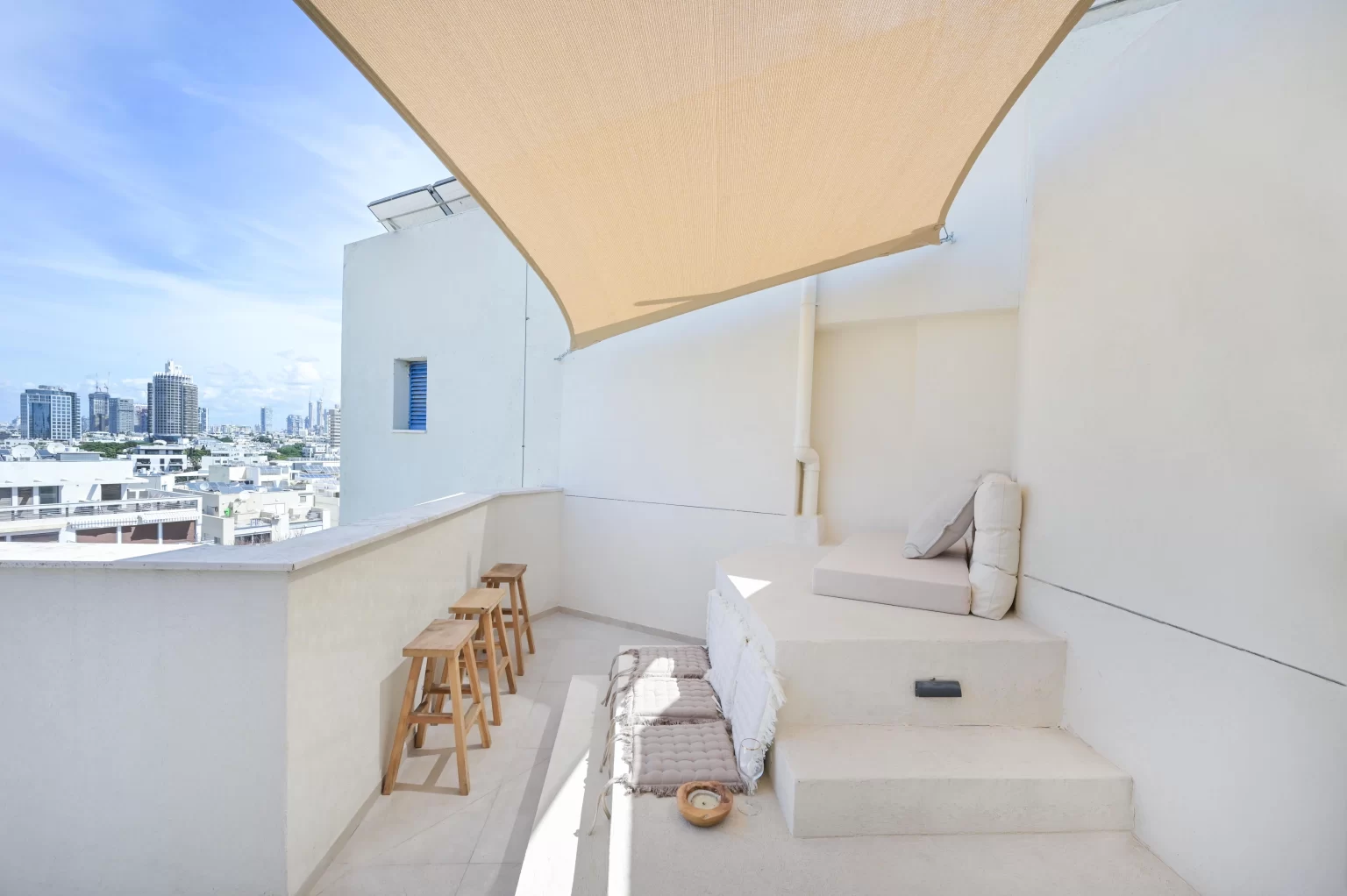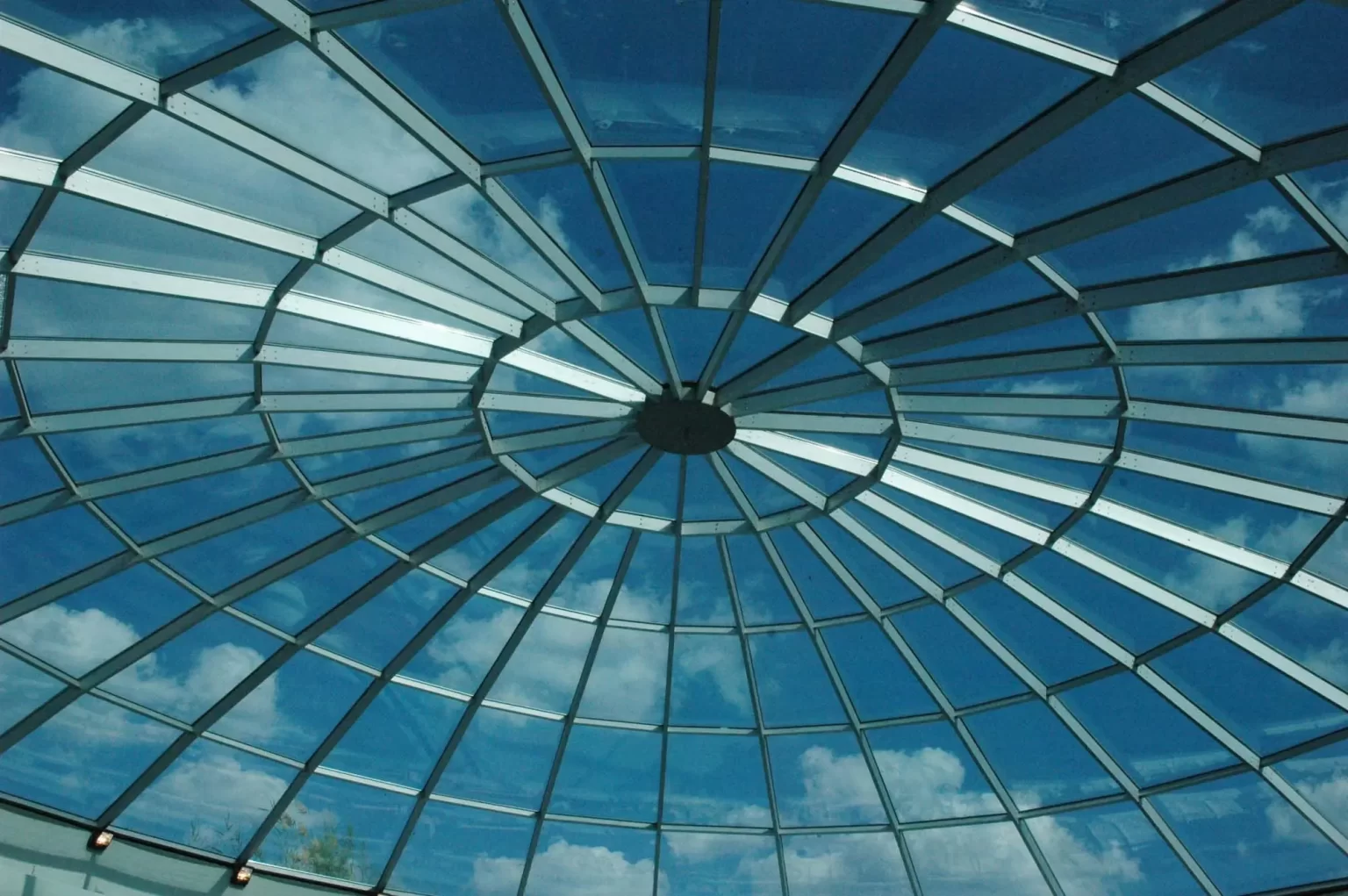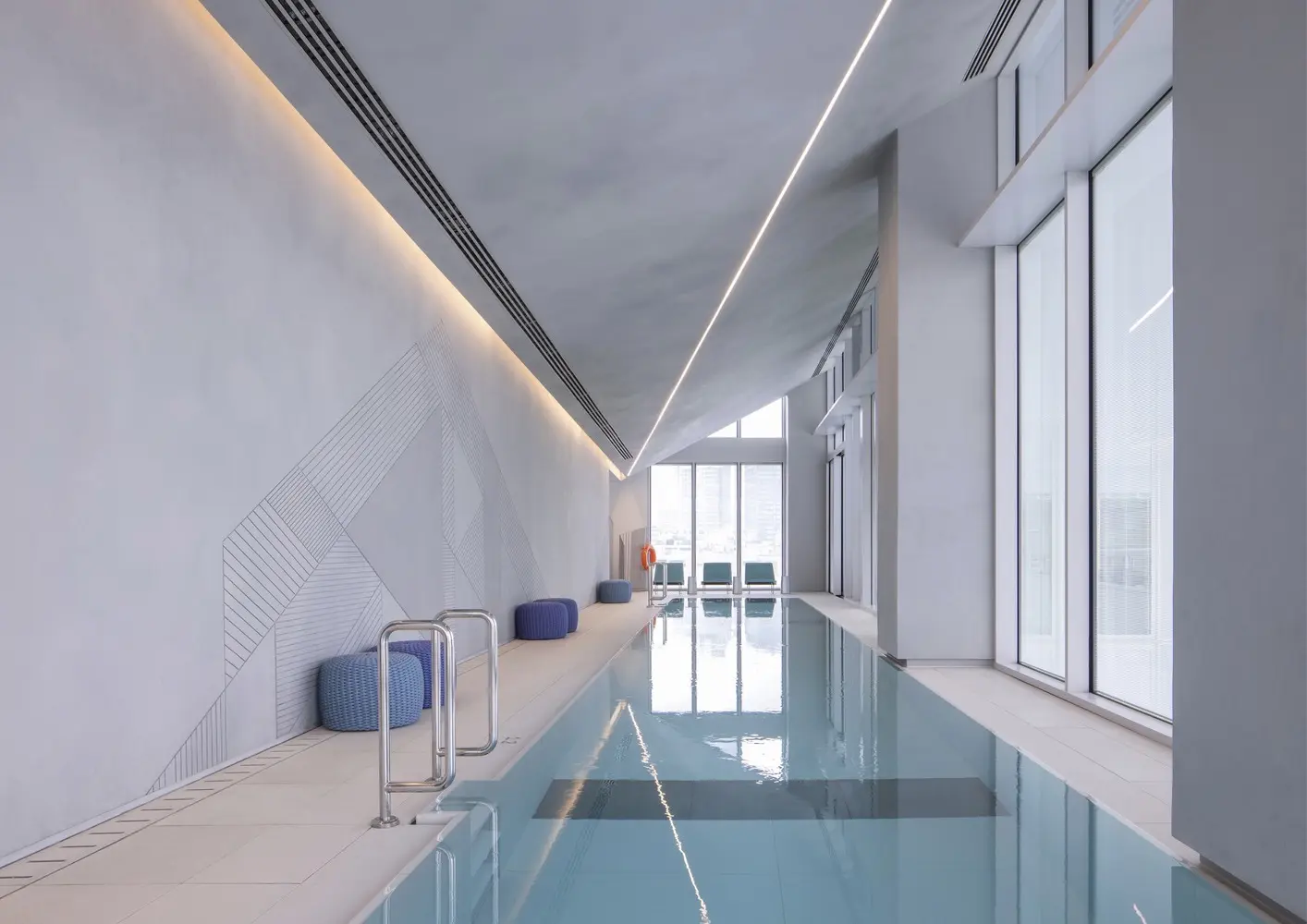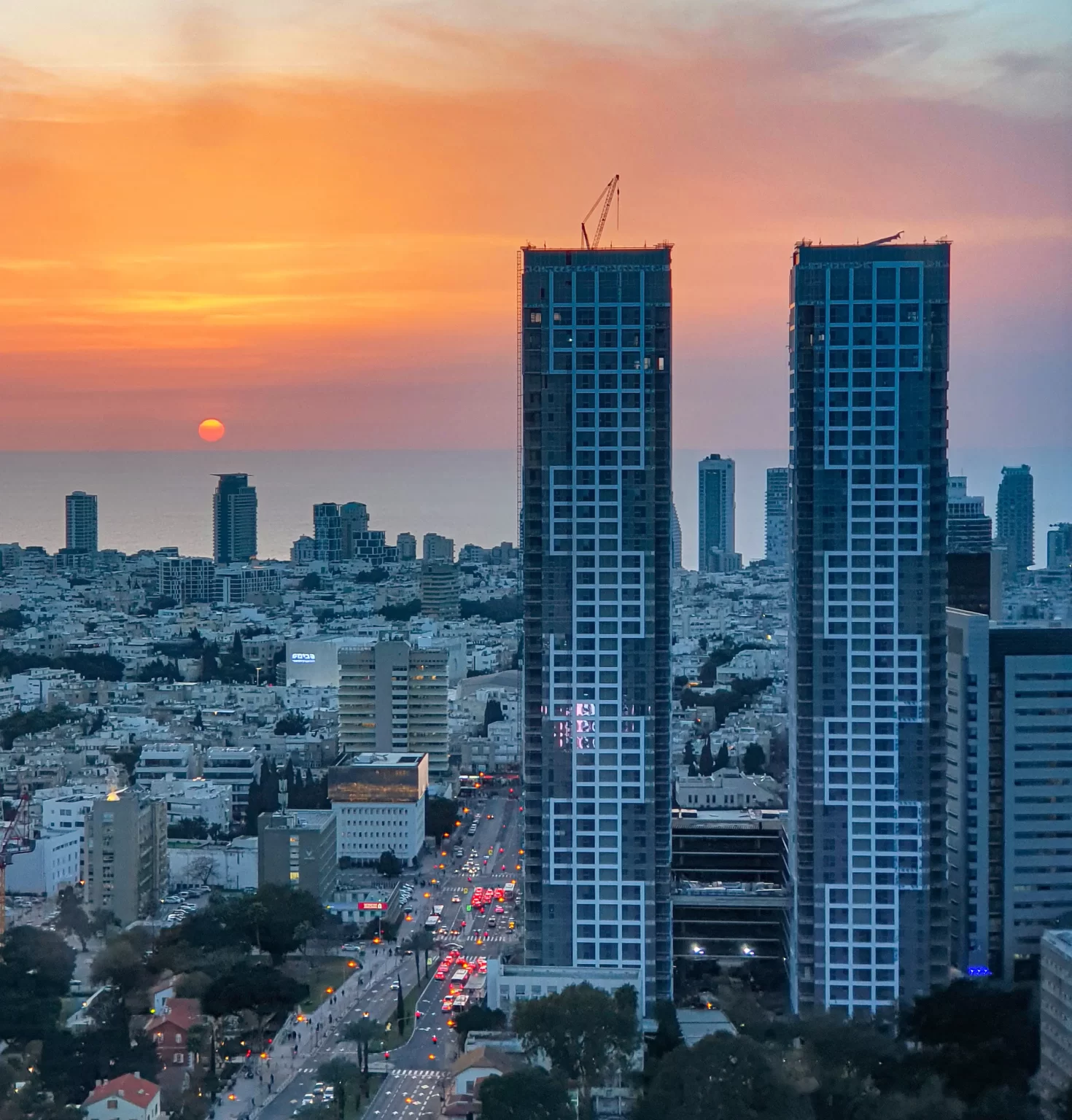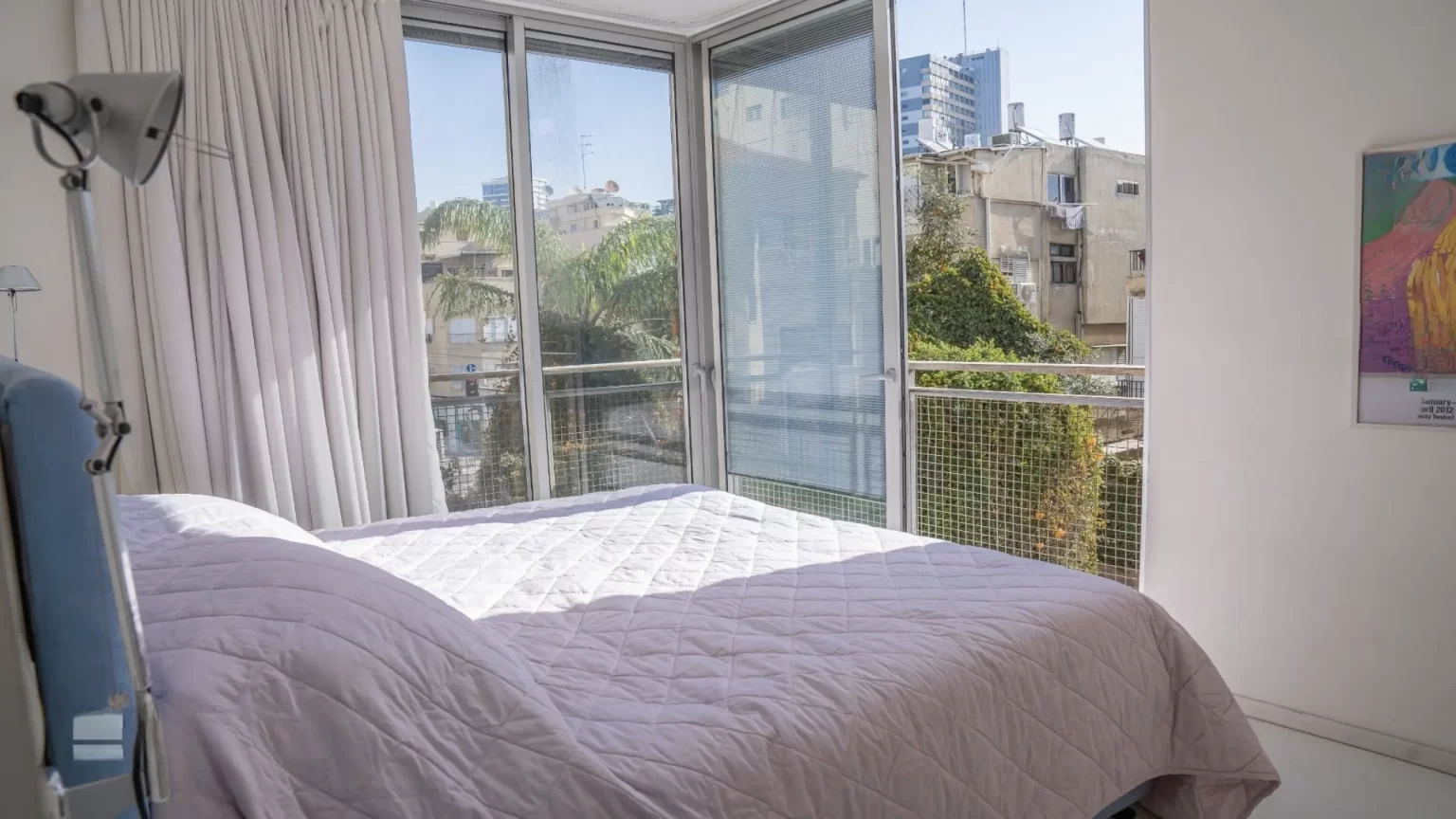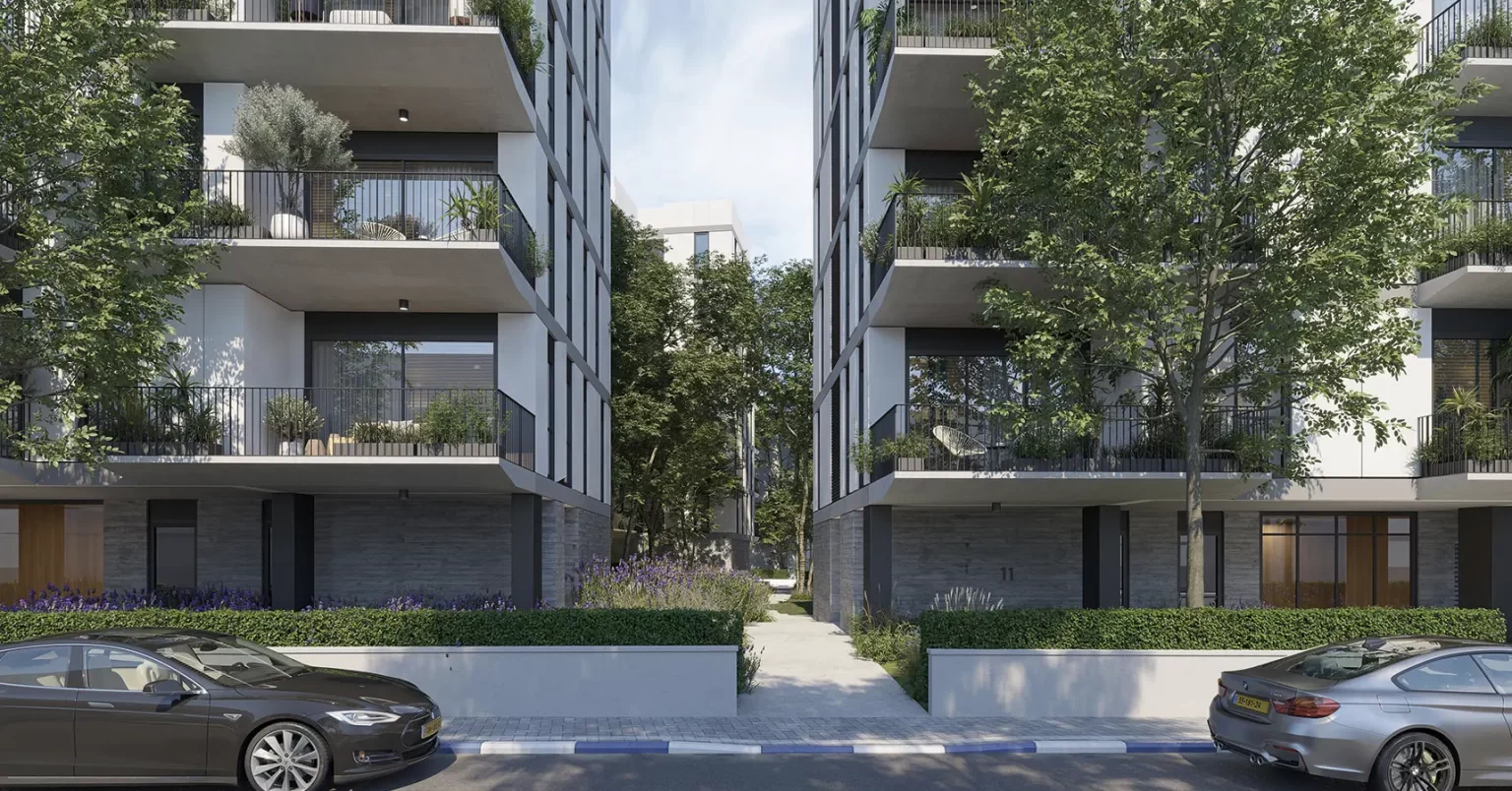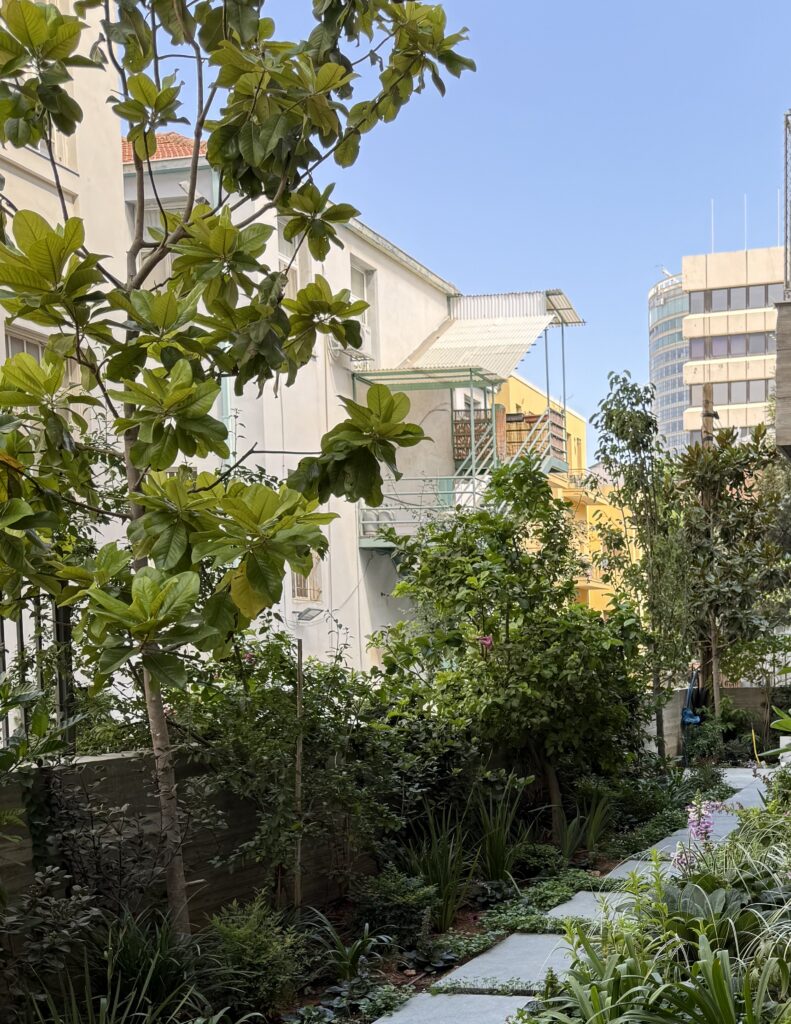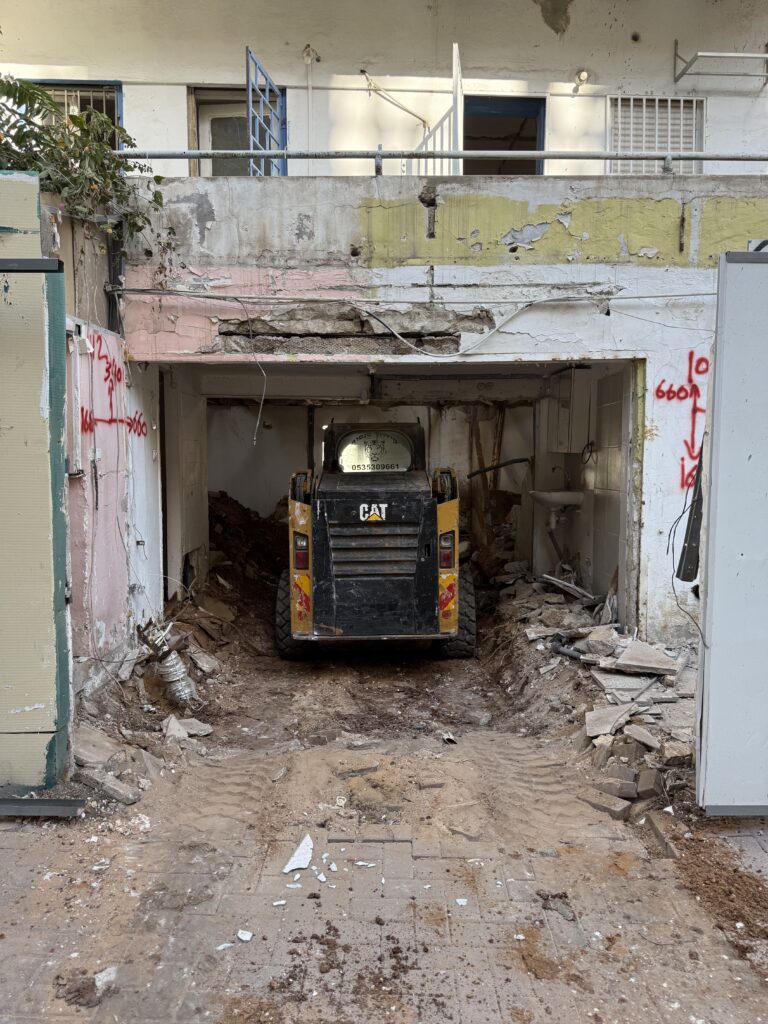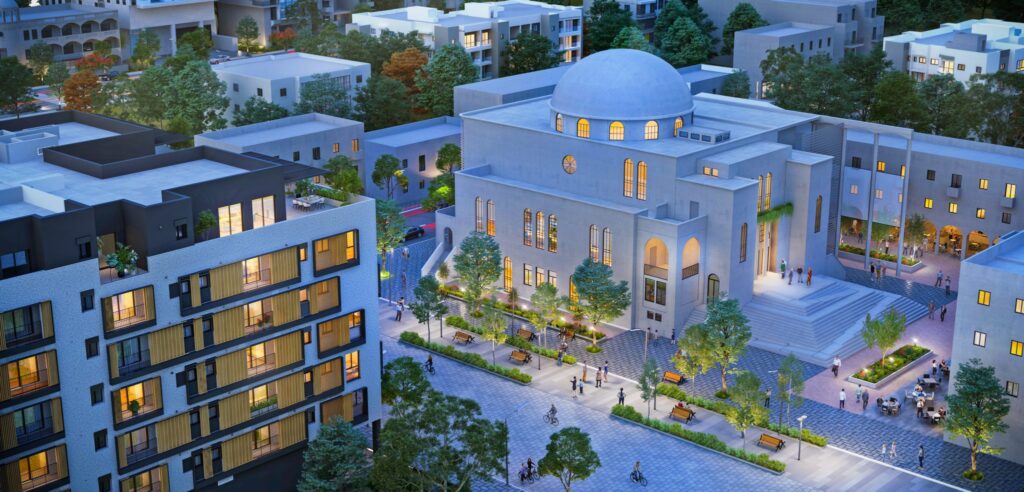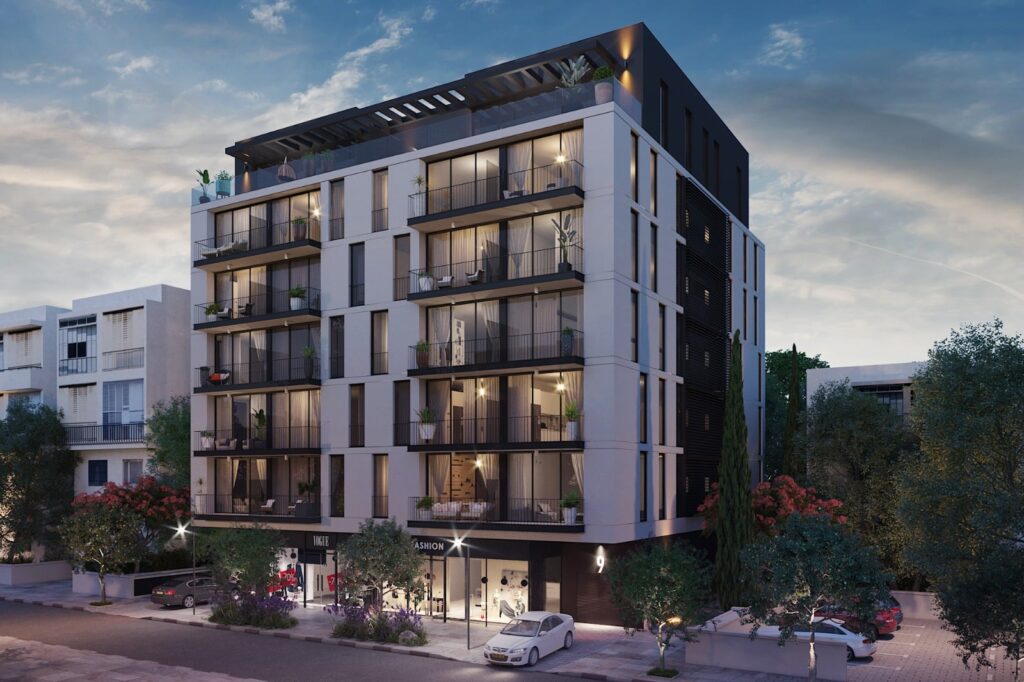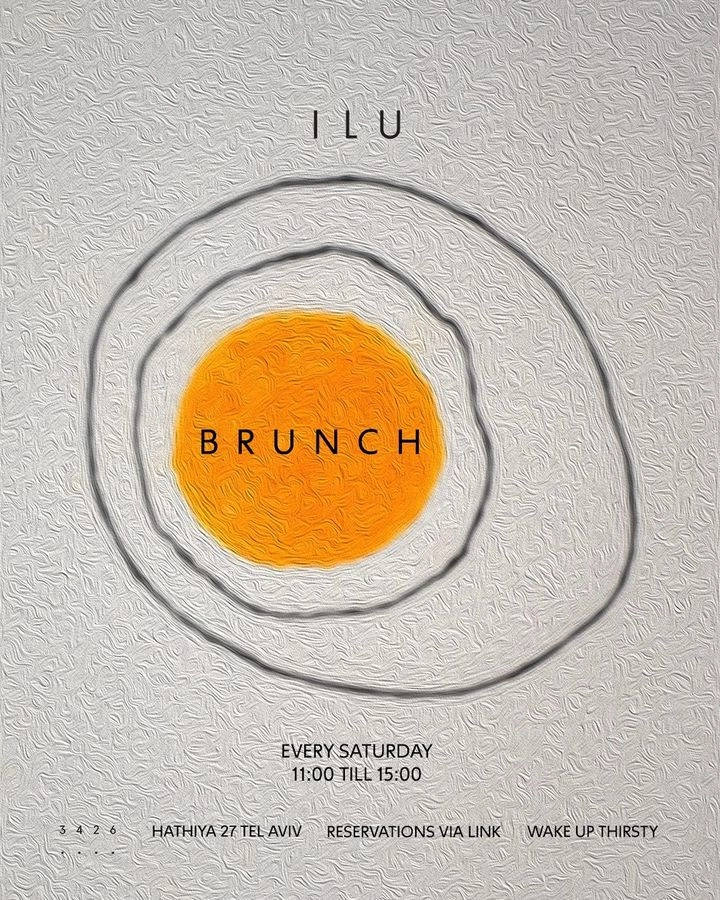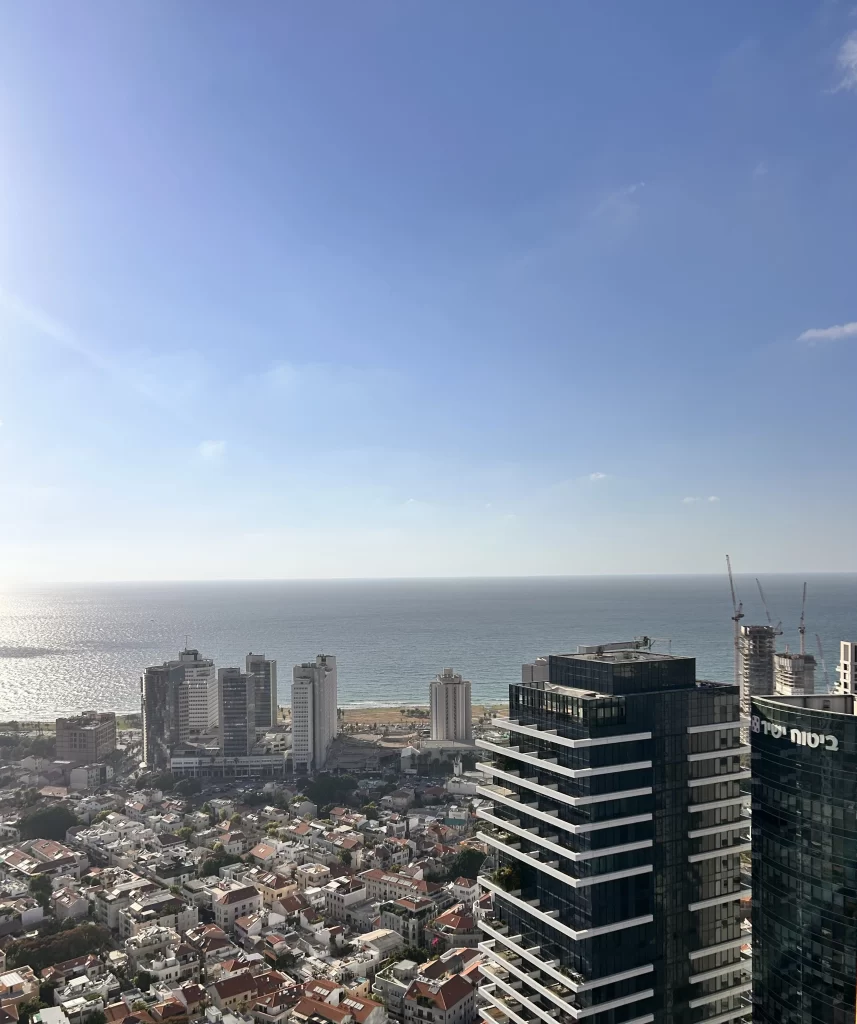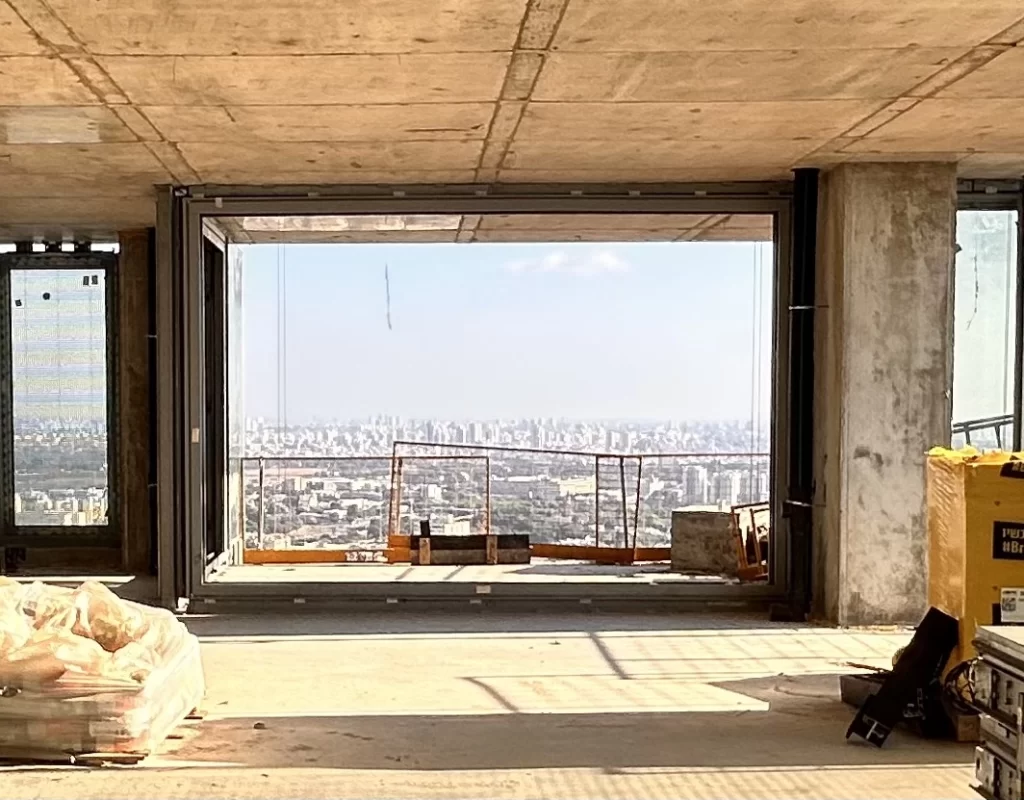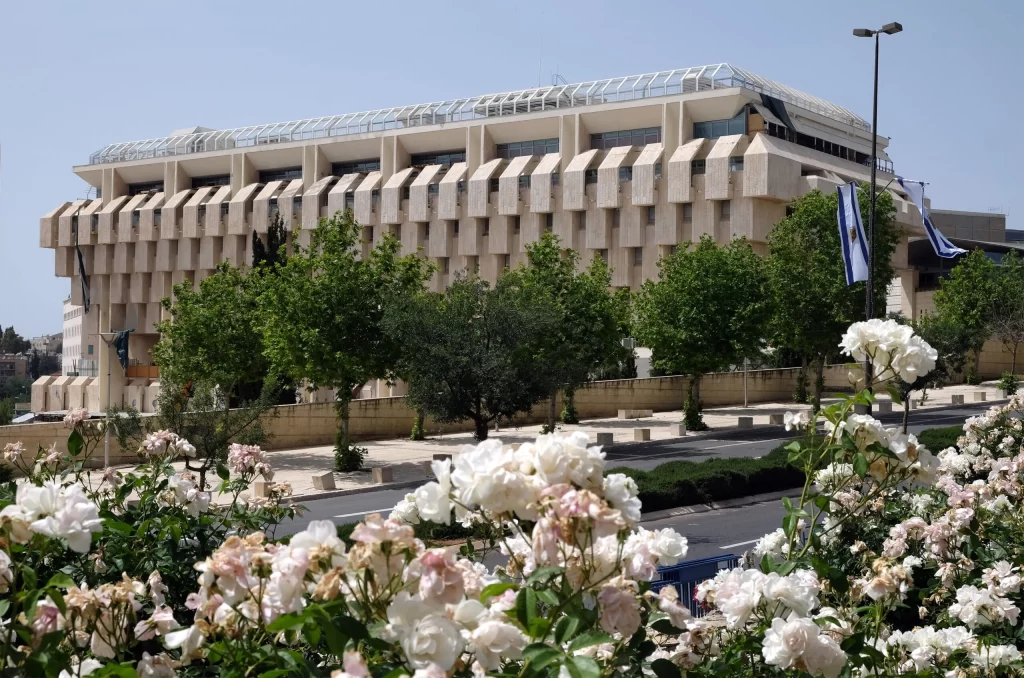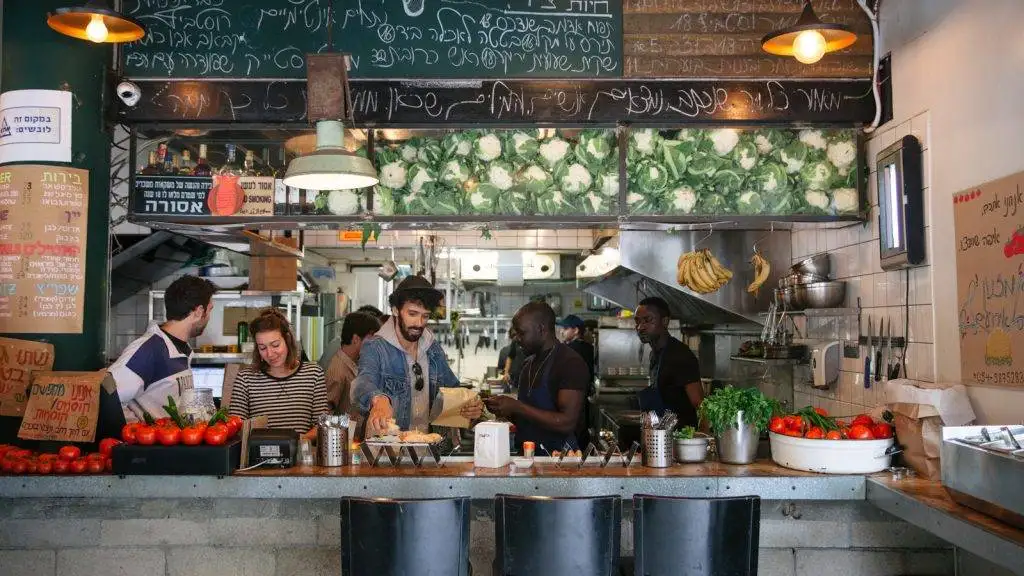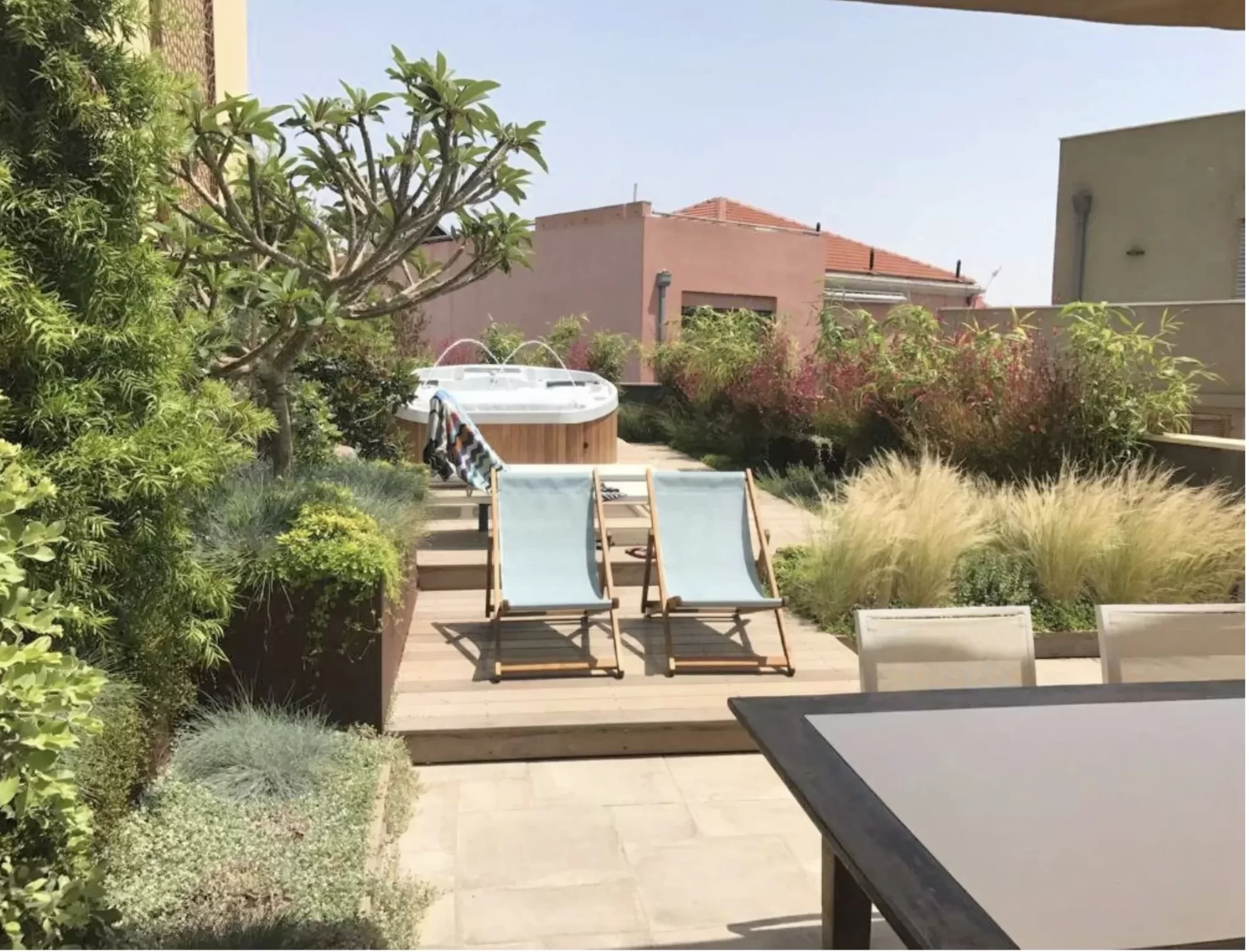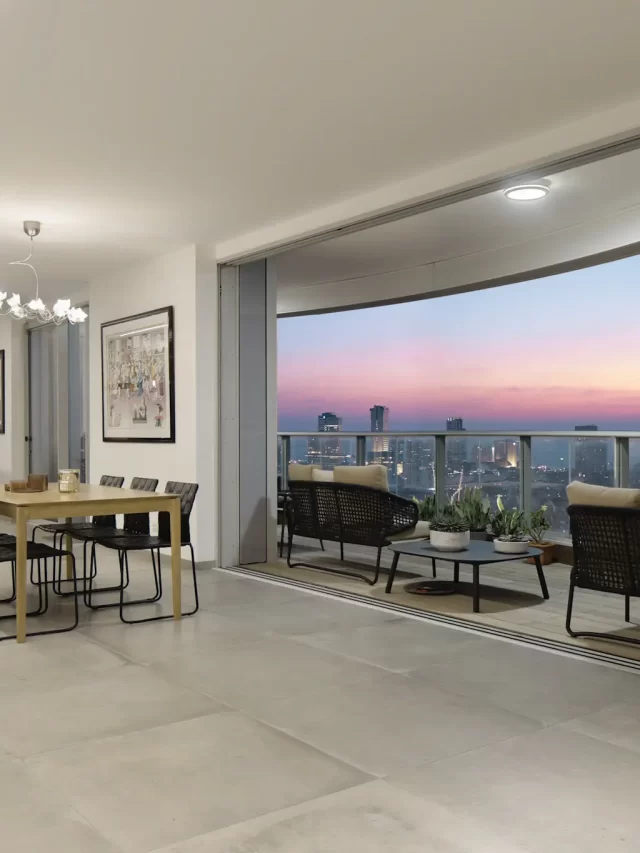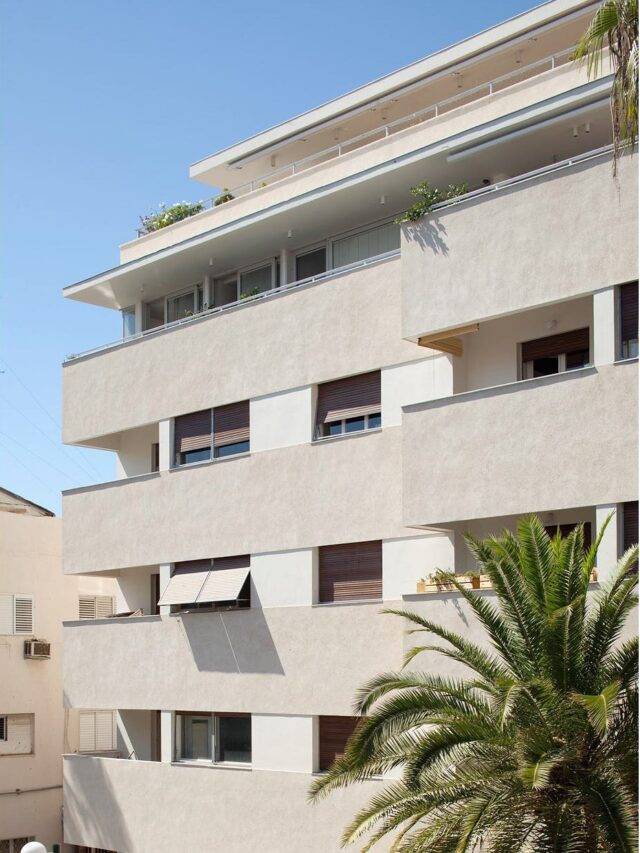Everything You Need to Know About Tel Aviv’s Metro System
Metro systems are an essential part of any world-class city, with the first one being built in 1863 in London. The benefits of a rapid transit system are many, from being a greener and faster alternative to buses and cars, creating public jobs, higher capacity for commuters to get from point A to B, less land use, and overall lower cost of infrastructure maintenance for the cities that host them.
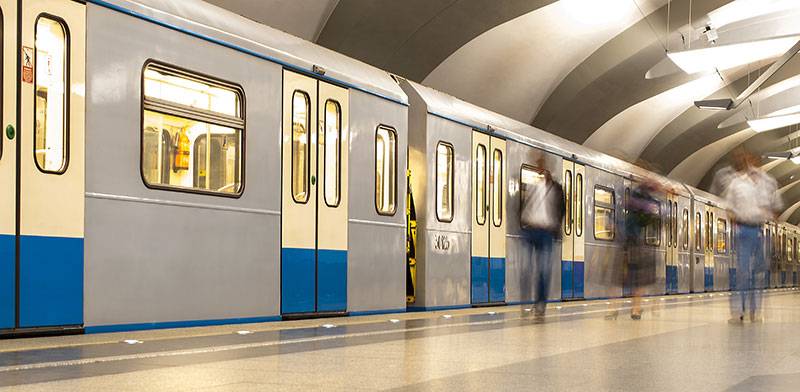
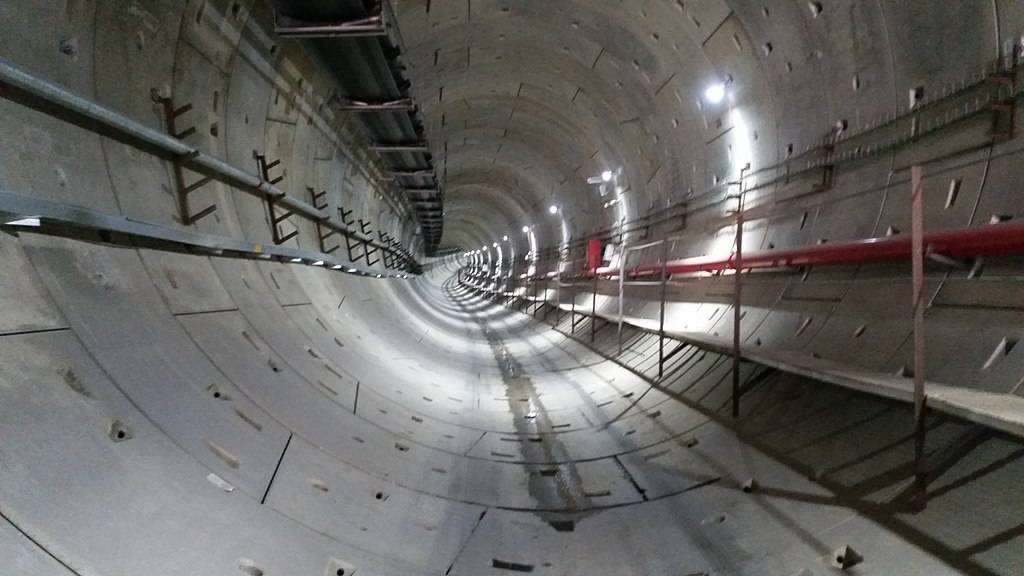
Now the Tel Aviv metropolitan area is joining the club with its very own highly developed rapid transit system consisting of both light-rail and subway tracks. The history of the the Tel Aviv metro system is long, first being proposed in 1960’s, with two stations even being built at the Shalom Tower and the Carmel Market, though tracks were never laid. In 2000 the plan was green lit yet again, with works beginning on the first line in 2009.
The Tel Aviv Metro System was originally meant to contain 4 different lines though overtime the plan was adjusted for only 3. The first line to commence construction is the Red Line, consisting of 34 stations and running from Petah Tikva in the Northeast and Bat Yam in the South, which will be completed at the end of 2022. The Red line will serve mainly the suburbs, allowing suburban commuters to access central parts of Tel Aviv with ease, eventually connecting to the more urban and central lines to come later.
The Green Line began construction in 2017 and will run from Rishon leTzion in the South to Herzliya in the North. 62 stations will be built along the line, the majority of which are in Tel Aviv proper, running along Ibn Gabirol Street. This line, too, will be primarily geared towards commuters in the North and South, bringing them to central parts of the city. The Green Line is expected to be completed in 2028.
The Purple Line will consist of 43 stations, all above-ground and will run from the center of Tel Aviv and Givat Shmuel in the East. This line will be primarily geared towards those living in the city of Tel Aviv proper, with numerous stations along Ben Yehuda Street, Arlozorov Street, and Allenby Street. It will also connect to Tel Aviv’s main train station which connects to Ben Gurion Airport. The Purple Line is expected to come online in 2027.
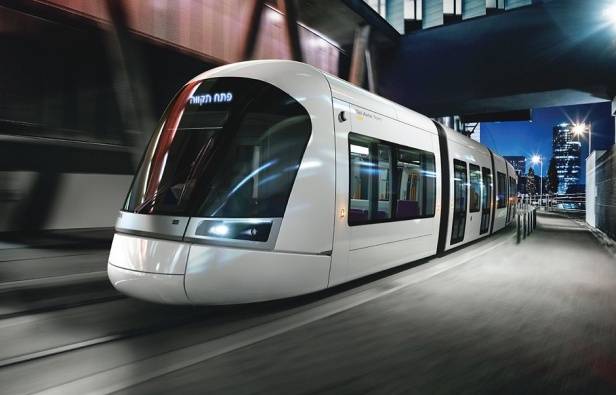

What will the Tel Aviv Metro System mean for Tel Avivians, Israelis, the urban fabric of the center of Israel?
